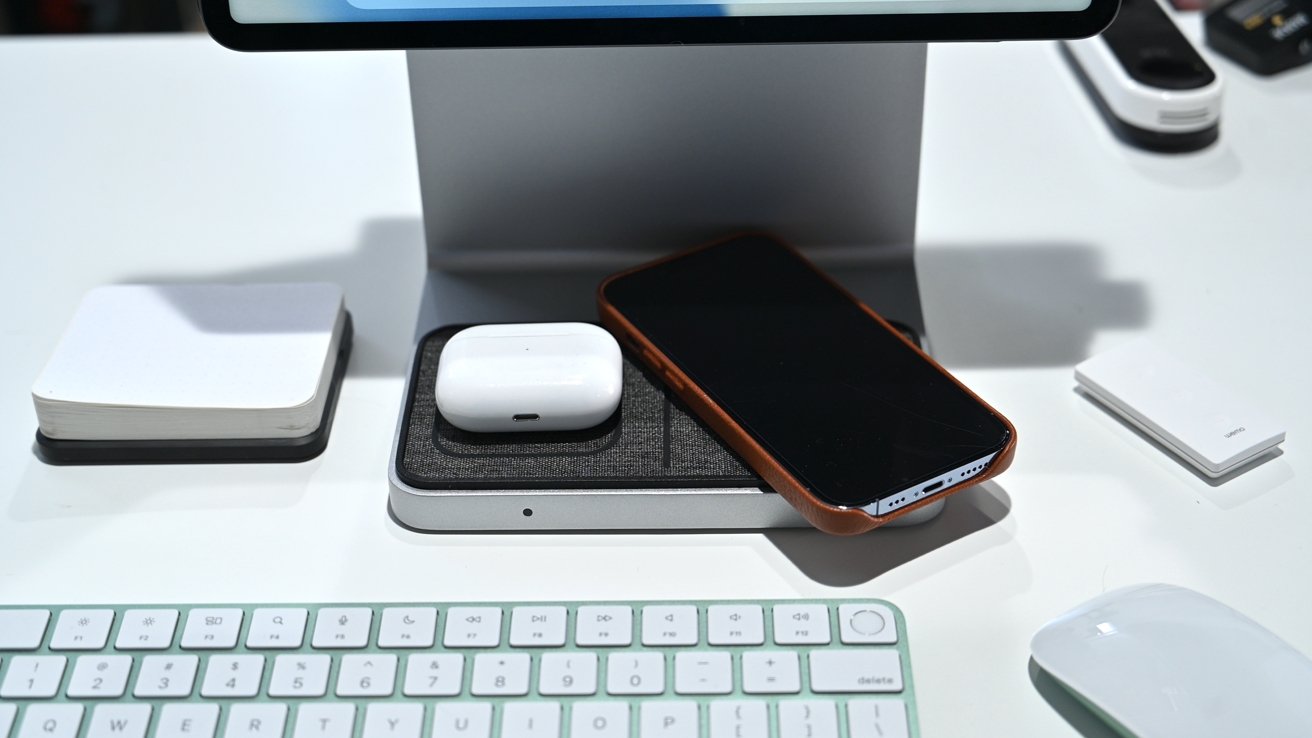Future HomePods, HomePod minis could determine medical issues with users : Apple World Today

[ad_1]
Apple has been granted a patent (number 10,928,498) for an “electronic device with circular radar-antenna array” that hints at future HomePods and HomePod minis that can better differentiate between the voices of different users and respond, accordingly. What’s more, such wireless speakers could even track the vital signs of users and alert them to potential medical issues.
In the patent filing, Apple says that, ideally, a user interface for an electronic device requires little or no advanced knowledge by a user or training for proper operation. What’s more, the user interface should be tailored to a user’s preferences and their mental model of a task to ensure that the user interface is intuitive and easy to use.
However, Apple says that many existing user interfaces in electronic devices don’t do this and be “cumbersome and difficult” for users to interact with effectively.
For example, based on advances in speech recognition, many electronic devices now include voice user interfaces. A voice user interface allows a user to control and, more generally, interact with an electronic device by simply speaking with it.
Many voice user interfaces are based, at least in part, on predefined keywords or commands, such as a wake word that is used to activate an electronic device. Users may need to memorize the predefined keywords or commands, which can increase the time required to become proficient in system operations.
What’s more, Apple says that accurately identifying a user of the voice user interface is often challenging, which may make it more difficult to accurately customize a voice user interface to the preferences and needs of a particular user.
The tech giant’s radar-antenna array” idea is designed to overcome such issues. Even more interesting, based at least in part on the radar measurements, the HomePod may determine at least one of a vital sign of the individual and/or a medical condition of the individual. Hopefully, the person could be alerted by the device in case of a perceived problem.
Here’s the (fairly technical) summary of the patent: “An electronic device includes M separate radar transmitters and N separate radar receivers co-located in the electronic device, where the M radar transmitters and the N radar receivers are arranged in a circular architecture providing 360.degree. coverage in a horizontal plane. Moreover, the N radar receivers are synchronized, e.g., using a clock signal.
“During operation, subsets of the M radar transmitters sequentially transmit radar signals and, when a given subset of the M radar transmitters is transmitting, at least a subset of the N radar receivers performs radar measurements. Furthermore, at least the subset of the N radar receivers can perform the radar measurements using circular beamforming. Based at least in part on the radar measurements, the electronic device determines a location of an object in an environment around the electronic device, where the location includes a range and an angular position.”
[ad_2]
Source link


